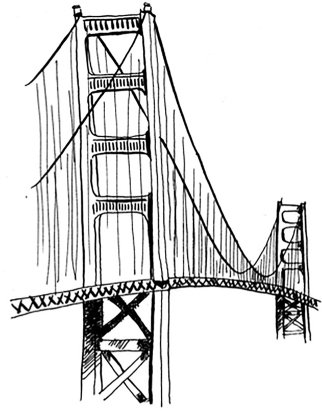Chapter 6. Breadth-first Search

- You learn how to model a network using a new, abstract data structure: graphs.
- You learn breadth-first search, an algorithm you can run on graphs to answer questions like, “What’s the shortest path to go to X?”
- You learn about directed versus undirected graphs.
- You learn topological sort, a different kind of sorting algorithm that exposes dependencies between nodes.
This chapter introduces graphs. First, I’ll talk about what graphs are (they don’t involve an X or Y axis). Then I’ll show you your first graph algorithm. It’s called breadth-first search (BFS).
Breadth-first search allows you to find the shortest distance between two things. But shortest distance can mean a lot of things! You can use breadth-first search to
- Write a checkers AI that calculates the fewest moves to victory
- Write a spell checker (fewest edits from your misspelling to a real word—for example, READED -> READER is one edit)
- Find the doctor closest to you in your network
Graph algorithms are some of the most useful algorithms I know. Make sure you read the next few chapters carefully—these are algorithms you’ll be able to apply again and again.

Suppose you’re in San Francisco, and you want to go from Twin Peaks to the Golden Gate Bridge. You want to get there by bus, with the minimum number of transfers. Here are your options.

What’s your algorithm to find the path with the fewest steps?